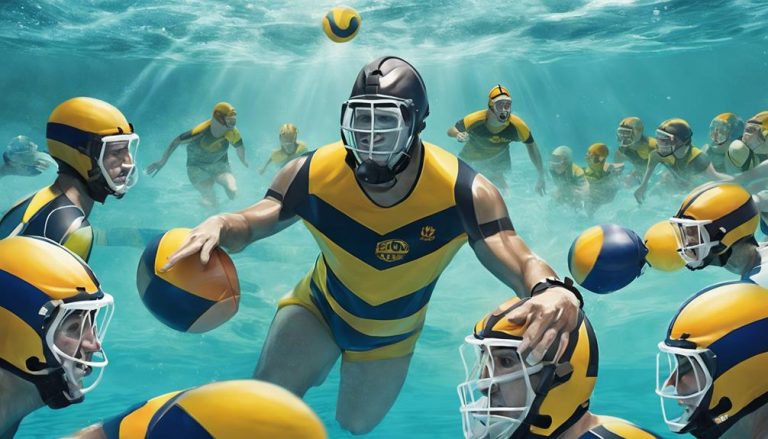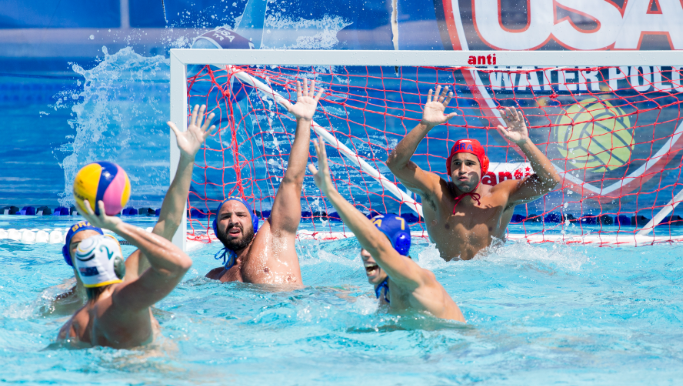General Rules of Diving Sport
When you dive into the world of sport diving, it's essential to abide by the general rules that govern this exhilarating activity. From the meticulous preparation of your equipment to the intricate planning of your dives, each step holds significance. However, it is the adherence to safety protocols and swift execution of emergency procedures that truly define a responsible diver. The underwater realm demands respect and caution, beckoning you to explore its depths with prudence and care. So, let's plunge into the realm of sport diving together and uncover the crucial guidelines that ensure a safe and enjoyable experience.
Equipment Preparation
Before embarking on a sport diving expedition, ensure that your equipment is meticulously inspected and properly assembled for optimal safety and functionality. Begin by checking your regulator for any signs of wear or damage. It is crucial to perform regular maintenance on your regulator to ensure it functions correctly underwater. Inspect the hoses for cracks and make sure the mouthpiece is secure. Test the regulator by taking a few breaths to ensure it delivers air smoothly without any leaks.
Next, focus on mastering buoyancy control techniques. Proper buoyancy control is essential for a safe and enjoyable dive. Practice using your buoyancy control device (BCD) to maintain your desired depth underwater. Learn how to add and release air from your BCD to achieve neutral buoyancy. This skill will help you conserve energy and air throughout your dive, as well as protect delicate marine ecosystems by avoiding accidental contact with the seabed or coral reefs. Remember, mastering buoyancy control takes time and practice, so be patient and persistent in honing this crucial skill.
Dive Planning
Inspecting your dive site and analyzing environmental conditions are fundamental steps in effective dive planning. Before entering the water, it is essential to consider current conditions and depth limits to ensure a safe and enjoyable dive. Proper dive planning involves evaluating factors such as water temperature, visibility, currents, and marine life presence. By understanding these elements, you can make informed decisions about your dive, including equipment selection, dive duration, and entry/exit points.
Dive Planning Table:
| Factors to Consider | Description | Importance | Example |
|---|---|---|---|
| Water Temperature | Temperature of the water | High | 26°C |
| Visibility | Clarity of the water | Medium | 15 meters |
| Currents | Strength and direction | High | 2 knots |
| Marine Life Presence | Type and abundance | Low | Coral reefs |
Safety Protocols
To ensure the safety of your dive, meticulously adhere to established safety protocols designed to mitigate risks and promote a secure underwater experience. One fundamental safety protocol is always diving with a reliable dive buddy. Having a dive buddy enhances safety by providing mutual assistance in case of emergencies, ensuring that someone is there to help if needed. Additionally, it is crucial to adhere to depth limits specified for the dive site. Depth limits are set based on factors such as diver experience, equipment, and the particular dive location. By following these depth limits, you reduce the risk of experiencing issues related to nitrogen narcosis, decompression sickness, or oxygen toxicity.
When diving, remember that safety is paramount. Communicate effectively with your dive buddy, stay within the designated depth limits, and always be prepared for unexpected situations. By prioritizing safety protocols and adhering to established guidelines, you can enjoy your dive to the fullest while minimizing risks and ensuring a secure diving experience.
Underwater Communication
Underwater communication plays a vital role in ensuring effective coordination and safety during sport diving expeditions. When submerged, verbal communication is impossible, making the use of hand signals crucial for conveying messages between dive buddies. These signals are standardized to ensure universal understanding among divers. Before the dive, make sure you and your dive buddy agree on the signals you will use to communicate underwater.
Common hand signals include pointing to indicate a specific object or direction, making a circular motion with your finger to signal that everything is okay, and placing a flat hand against your head to show that you need to ascend. It is essential to establish eye contact with your dive buddy before giving a signal to ensure they are paying attention.
Effective underwater communication enhances the overall diving experience by allowing for seamless interaction between dive buddies and contributes significantly to the safety of the dive. Mastering these hand signals will help you navigate the underwater world with ease and confidence.
Emergency Procedures
In case of emergencies while engaging in sport diving, immediate action must be taken to address critical situations and ensure the safety of all individuals involved. When faced with an emergency underwater, it is crucial to stay calm and follow proper procedures to mitigate risks. First aid and rescue techniques play a vital role in handling such situations effectively. Below is a table outlining key emergency procedures for sport divers:
| Emergency Procedure | Description | Importance |
|---|---|---|
| First Aid | Providing medical assistance underwater. | Critical for survival |
| Rescue Techniques | Methods to safely extract a diver in need | Ensures prompt assistance |
Remember that quick thinking and knowledge of these procedures can make a significant difference in emergency situations while sport diving. Practicing these techniques beforehand and staying updated on safety protocols will help you respond efficiently to any unforeseen circumstances.
Frequently Asked Questions
How Do I Choose the Best Dive Site for My Skill Level?
When choosing a dive site for your skill level, consider the depth, currents, and visibility. Prioritize safety precautions and always maintain your equipment. Communicate effectively with your dive buddy to ensure a successful and enjoyable dive experience.
What Are Some Common Marine Life Encounters While Diving?
When diving, you can encounter vibrant coral reefs teeming with life, from colorful fish to majestic sea turtles. Remember to respect the delicate ecosystem, practice marine conservation, and consider underwater photography to capture these moments responsibly.
Can I Wear Contact Lenses or Glasses While Diving?
You can wear contact lenses or glasses while diving, but prescription masks offer clearer vision underwater. Contacts might shift, and glasses can be bulky. Prescription masks are popular for enhancing your dive experience.
How Do I Prevent Seasickness While on a Dive Boat?
To prevent seasickness while on a dive boat, try natural remedies like ginger or medication prescribed by a doctor. Breathing techniques and acupressure can also help. Stay hydrated, avoid heavy meals, and focus on the horizon.
What Are Some Tips for Maintaining Good Buoyancy Control Underwater?
To maintain good buoyancy control underwater, focus on improving technique and ensure equipment maintenance. Proper weighting, controlled breathing, and mastering your buoyancy compensator will enhance your dive experience and conserve energy.






